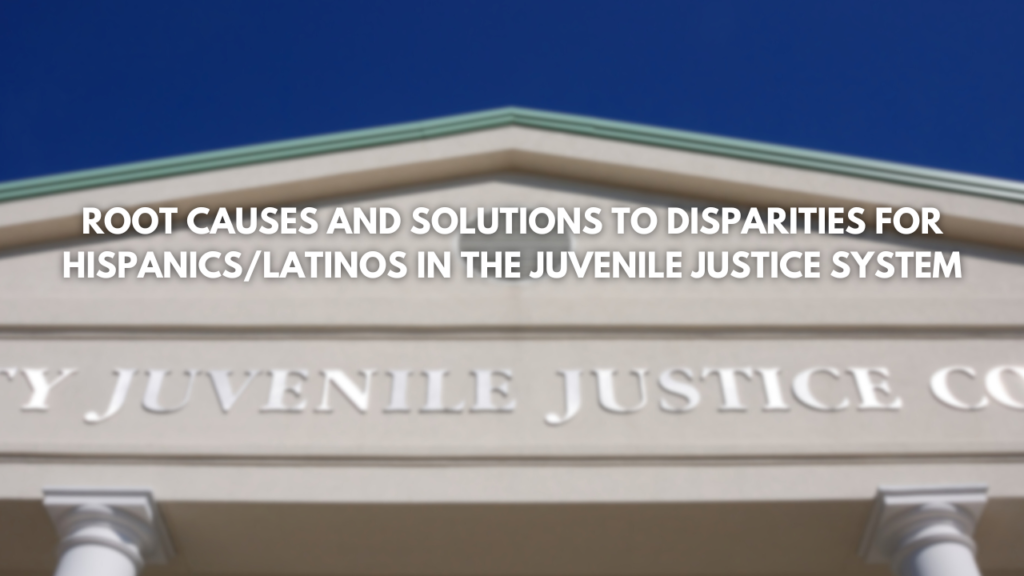
In the past 20 years, research has shown disparities among youth from different racial/ethnic backgrounds in the juvenile justice system. A disparity as defined by the U.S. Department of Justice occurs when the likelihood of receiving a particular outcome differs for youth of different racial/ethnic groups (Bilchik, 1999). A disproportionate number of minority youth, including Hispanic/Latino youth, are represented among police stops, arrests, detention, sentencing, residential placement and aftercare (Minnesota Department of Public Safety, 2004; Pope and Feyerherm, 1993). This project provided evidence of disparities and investigated the root causes and solutions to disparities involving Hispanic/Latino youth in the juvenile justice system of Minnesota.
Our reasons for focusing on Hispanic/Latino youth in this project were threefold.
• Youth under age 18 are the largest growing segment of the Hispanic/Latino population.
• The first period during which many Hispanics/Latinos interact with the criminal justice system is adolescence—approximately between the ages of 10 and 19.
• Education and other forms of primary prevention can have a greater impact on youth than on adults who possibly have more history with the criminal justice system.
This report adds to existing literature on disparities involving Hispanic/Latino youth in the juvenile justice system (Villaruel and Walker, 2002; Walker, Senger, Villaruel and Arboleda, 2004). More importantly, it works toward filling contextual gaps in the literature with real experiences of Hispanic/Latino juvenile offenders and the service providers who work with them. To our knowledge, this project was the first time service providers and Hispanic/Latino juvenile offenders had an opportunity to share what they perceived to be the root causes and solutions to disparities involving Hispanic/Latino youth in the juvenile justice system of Minnesota.
